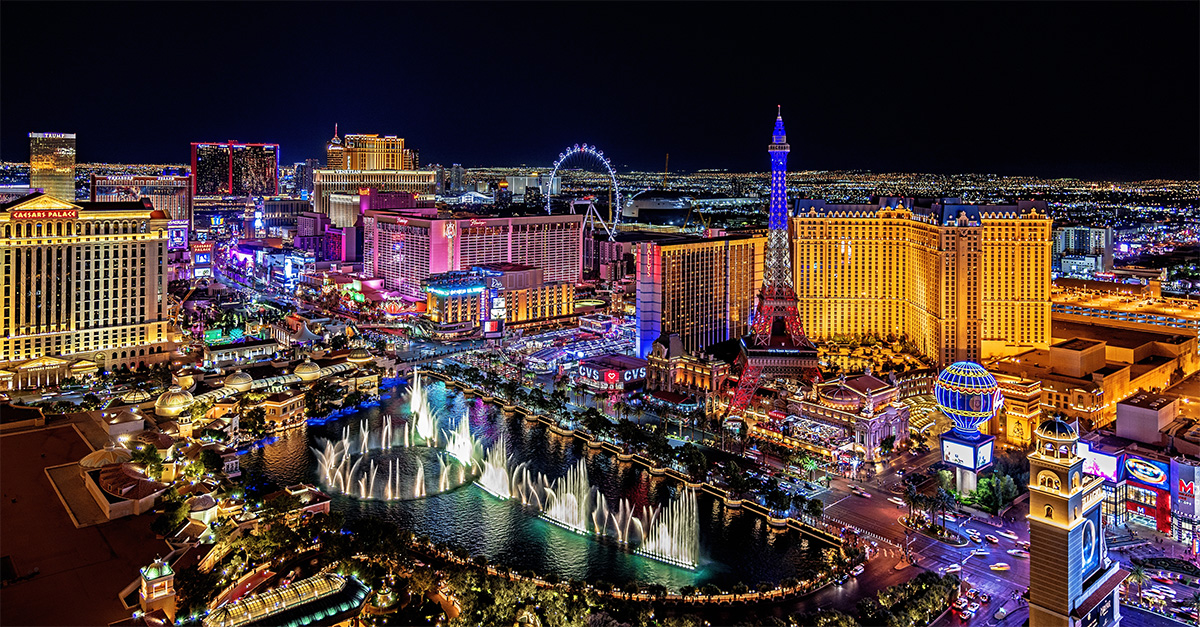 Dining and entertainment
Dining and entertainment
Introduction
Moroccan cuisine is rich in flavours, smells and colours, and is known worldwide for its sweet and sour combinations and its use of herbs and spices like cumin, saffron and coriander. You can get a sense of the variety of Moroccan cuisine from the produce of the country: lamb, chicken, mint, olives, oranges, lemons, almonds, dates, walnuts, honey and pomegranates are all grown here and all play their part in the food of the region.
Traditional meals tend to be taken at a round table, and guests help themselves from a single shared dish with their right hand. Moroccans eat their main meal at lunchtime (though that doesn’t mean you can’t get a big meal in the evening) and it will typically consist of a delicately spiced salad followed by a tagine, or stew, then a meat dish. It will invariably end with a refreshing glass of mint tea.
 Typical dishes
Typical dishes
Couscous
The mix of spiced couscous and other ingredients is a dish that, like the Spanish paella, can take on an almost infinite variety of forms depending on the season, the region, the produce available at the time and even the cook’s whims. It usually involves a combination of meat and vegetables.Pastilla
Pastilla is considered the jewel in the crown of Moroccan cooking. It combines shredded chicken, parsley, hard boiled eggs, almonds, honey, cinnamon and sugar in three layers, and is enclosed in fine flaky pastry. The mix of sweet and savoury might sound strange to the uninitiated, but ask any Moroccan – in fact, ask anyone at all who has tried it! It’s one of the most distinctive and satisfying dishes you could wish for.Briouats
Another (usually) savoury pastry dish. Briouats are baked pastry parcels, usually triangular, filled with meat or seafood. Again, cumin, garlic and coriander are all likely seasonings, though the particular recipe will be slightly different in every region and in every kitchen. Unfilled briouats are sometimes served with honey as a sweet dish.
 Tagine
Tagine
The tagine, one of Morocco’s best-known and best-loved dishes, is stew made with meat, poultry or fish and cooked in one of the covered terracotta pots from which it takes its name. The traditional pots have a peaked lid that steam-cooks the ingredients, with uniquely rich and satisfying results. Tagine is typically served with vegetables, fruit or olives.
Harira soup
Harira is the (unofficial) national soup, and is a staple dish during the holy month of Ramadan. Although meat is sometimes added, the basic soup is made with lentils, chickpeas and beans flavoured with cumin, garlic, coriander and a pinch of saffron.Sweet pastries
As pastilles and briouats indicate, flaky pastry is something of an art form in Morocco. But not just at mealtimes! Nothing goes better with a mid-afternoon glass of mint tea than one of the wide variety of Moroccan sweet pastries. Pancakes with honey and sesame seeds, cakes made with almonds or sultanas, delicate pistachio pastries – whatever form they take, they are so indulgent yet so light that you’ll be hard-pressed to resist them!

 Spices
Spices


A cursory glance at any souk will confirm the importance of spices to Moroccan culture and cookery. Even in the vivid environment of the souk, spice stalls present you with an explosion of colour that is only intensified by the intoxicating smells that accompany it. Red for paprika, beige for cumin, yellow for turmeric and green for aniseed are some of the basic colours you can expect, but even these come in a variety of shades. The power and importance of spices becomes particularly apparent in Marrakech’s Djema El-Fna square towards nightfall, when hundreds of food vendors turn the square into a huge, fragrant outdoor restaurant.
Ras el-hanout
Ras el-hanout is a blend of spices that is indispensable in Moroccan cuisine, and which is virtually guaranteed to have contributed to your plate of couscous or bowl of tagine. As ever recipes vary, but common ingredients include allspice berries, nutmeg, saffron, pepper, cinnamon, cardamom, ginger and turmeric. All are briefly toasted then ground together in a pestle and mortar, creating a powder that brings an exotic, typically Moroccan flavour to any dish. Mint tea
Mint tea
Mint tea is known colloquially as ‘Moroccan whisky’, which is undeniably memorable but doesn’t entirely do justice to the wide variety of purposes that it serves. Served in small ornamental glasses, it is a refreshment, a relaxant, a token of hospitality, a social lubricant, an aid to digestion and much, much more – you’ll see it consumed at almost any time, day or night. It may also play a part in the social interactions that you have with Moroccan people, especially in souks, shops and private homes. The taste, mild yellow-green colour and subtle aroma of mint tea are as much a part of Moroccan life as Berber rugs and tagine, and you must on no account go home before sampling at least one glass!

 Nightlife
Nightlife
The warm summer nights of Marrakech, Tangiers or Agadir are suffused with good humour, relaxation and spontaneity, setting you up for a great evening out. The large cities offer a wealth of bars, restaurants, pubs, cabarets, casinos and nightclubs that will satisfy the most demanding of partygoers, but even the biggest venues retain an authentically Moroccan feel.

Clubbing
Some night-clubs have become legendary in their own right, with breathtaking decoration, an electric atmosphere and world-famous DJs. Marrakesh is arguably the country’s clubbing capital, and nightlife afficionados will be pleased to find an outpost of Pacha, one of the most popular and stylish nightclub franchises in the world, here.Cafes and bars
Fancy something more understated? Find a late-opening cafe or bar and sit on their patio listening to traditional Arabo-Andalusian music, or enjoy the rich atmosphere of an oriental cabaret. Casablanca’s coastal Boulevard de la Corniche or Tangier’s Grand Socco Square are both good for bars and cafes. In addition, the bars, clubs and cabarets in most luxury hotels are open to the public – in Agadir in particular, you’ll find that these offer some of the best nightlife.The art of storytelling
Storytelling has long been a part of all cultures, but in few has it survived as well as it has in Morocco. While it is often practiced for tourists it by no means exists for their benefit alone – there is a long oral tradition in Morocco that has been used to transmit religious and folk stories as well as to entertain. To get a real flavour of Moroccan storytelling, head to Djema El-Fna square in Marrakech, where revered speakers spellbind circles of listeners with rich language and endless stories of magic, adventure, good and evil. If you can, solicit the help of a local guide who will be able to explain the subtleties of this popular art form.Now try answering the following questions. Good luck!
[testbutton]
For more information or to request promotional material for your agency, contact the Moroccan National Tourist Office.
205 Regent Street
London
W1R 7DE
Tel: 0207 437 0073 / 74 or 0207 734 8172
Email:mnto@morocco-tourism.org.uk
Website: www.visitmorocco.org

 Dining and entertainment
Dining and entertainment Typical dishes
Typical dishes Mint tea
Mint tea


